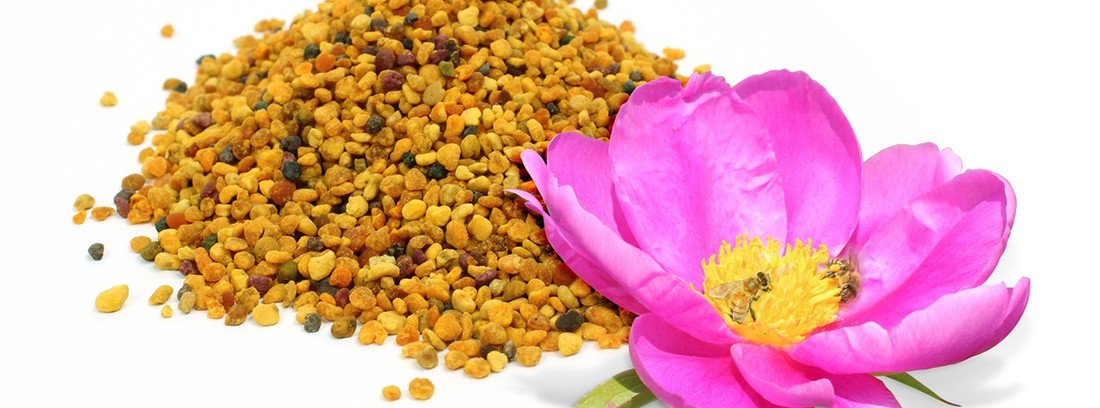Propolis, another product of the hive for your health
 WHAT YOU NEED TO KNOW ...
WHAT YOU NEED TO KNOW ...
- They have antimicrobial (antibacterial and antiviral), anti-inflammatory, immune system modulator, antioxidant, healing and mucosal protective activity.
- It is used as a spray or lozenge to dissolve in the mouth for mouth and throat irritations.
- In children, in the form of syrup, it is used as a complementary treatment for colds and catarrhal processes.
Propolymeric bees collect resins and balsamic secretions from the buds of various plant species, particularly from trees that grow around hives, such as chestnut trees, willows, birches, poplars, oaks, conifers, etc., and They mix them with their own salivary secretions, transforming them into the substance we call propolis. The collection of resins and balsams is carried out in the warmest hours of the day because it is when they have a soft and rubbery consistency that they can process, since when the temperature is cold they solidify and harden, which makes processing impossible.
Use in the hive and ancient knowledge
The use of propolis is very old and is the result of observation. Already in the time of Aristotle, in ancient Greece, it was observed that bees plastered the interior of the hives with propolis, especially the part of the cells that is closest to the cells of the queen bee and its larvae, to cover holes and defend them from infection, and they also use them to embalm and isolate dead insects within the hive. In ancient Egypt, propolis was part of the composition of the ointments used in embalming. In the late 18th and 19th centuries it was used in wars to disinfect and promote wound healing.
Current properties and uses
Propolis has antimicrobial (antibacterial and antiviral), anti-inflammatory, modulating the immune system, antioxidant, healing and mucosal protective activity. They are used, in the form of lozenges to dissolve in the mouth or in liquid form in a spray, to soothe irritations and inflammations of the mouth and throat. In children, in the form of syrup, it is used as a complementary treatment for colds and catarrhal processes. Due to its effect on the immune system, it is also used, in discontinuous treatments, to prevent colds and throat problems, although as a preventive there are contradictory studies regarding its possible efficacy. What has been shown is its usefulness in the treatment of fever (fever), it has been observed that, in addition to promoting faster healing, it very effectively calms pain.
For older people with dental prostheses, who often suffer from sores and small wounds in the mouth, it is also highly indicated both in tablets to dissolve in the mouth and in liquid form, spraying directly on the area, or in the form of drops to disperse in water and gargle.
Cautions
People using bee products, such as honey, conifers, poplars, Peruvian balsam and salicylates, should avoid the use of and propolis, due to the possibility of a cross allergy.
As for those that are allergic to plant pollen, although neither jelly nor propolis contain pollen, it is better to first try a small amount to rule out a possible cross allergy in the event that, due to contamination in the hive, the products could have some trace of pollens.
(Updated at Apr 13 / 2024)